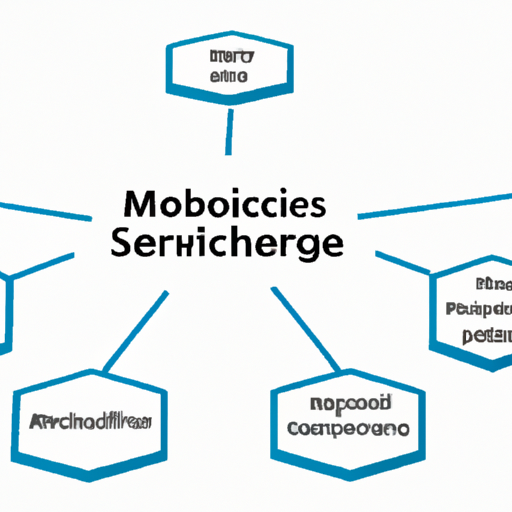In recent years, microservices architecture has become a game-changer in the realm of software development. This architectural style enables organizations to build applications as a collection of small, loosely coupled services, making them easier to develop, deploy, and scale. In this blog post, we will explore the key benefits of microservices and provide best practices for implementing this architecture successfully.
What is Microservices Architecture?
Microservices architecture is an approach to software development where an application is structured as a set of independently deployable services. Each service is responsible for specific business functionalities and communicates with other services via APIs, usually over a network. This architectural style contrasts with the traditional monolithic approach, where all components are integrated into a single codebase.
Benefits of Microservices Architecture
- Improved Scalability: Microservices allow teams to scale individual components based on demand. This flexibility means you can allocate more resources to high-traffic services without affecting the entire application.
- Faster Deployment: Smaller codebases enable quicker deployment cycles. Teams can work on different services independently, which reduces bottlenecks and accelerates the time to market.
- Technology Diversity: Microservices allow developers to choose the best technology stack for each service, providing opportunities to use different programming languages and tools to optimize performance.
- Fault Isolation: If one microservice fails, it does not necessarily disrupt the entire application. This isolation increases reliability and enhances the user experience.
- Team Autonomy: With microservices, teams can operate independently, enabling them to work at their own pace and encouraging a culture of ownership and accountability.
Best Practices for Implementing Microservices
- Define Clear Service Boundaries: Clearly define the responsibilities and boundaries of each microservice to avoid overlap and ensure that each service is focused.
- Embrace API-First Design: Design APIs to be stable and well-documented as they serve as the contract between services, facilitating communication and integration.
- Implement Automated Testing: Invest in automated testing to ensure that microservices function correctly both individually and when integrated with other services.
- Monitor and Log: Implement robust monitoring and logging solutions to gain visibility into service performance and health, making it easier to troubleshoot issues.
- Continuously Refine and Optimize: Always look for opportunities to improve your microservices architecture by refining processes, optimizing services, and taking advantage of new technologies and methodologies.
Conclusion
Microservices architecture represents a modern approach to software development, offering a range of benefits that can significantly enhance the agility, scalability, and reliability of applications. By understanding the principles of microservices and following best practices, organizations can harness the full potential of this architecture, positioning themselves for success in the dynamic world of cloud computing and DevOps.
Are you ready to transition to microservices? Share your thoughts and experiences in the comments below!
Keywords: Microservices, Microservices Architecture, Software Development, Cloud Computing, DevOps, API




